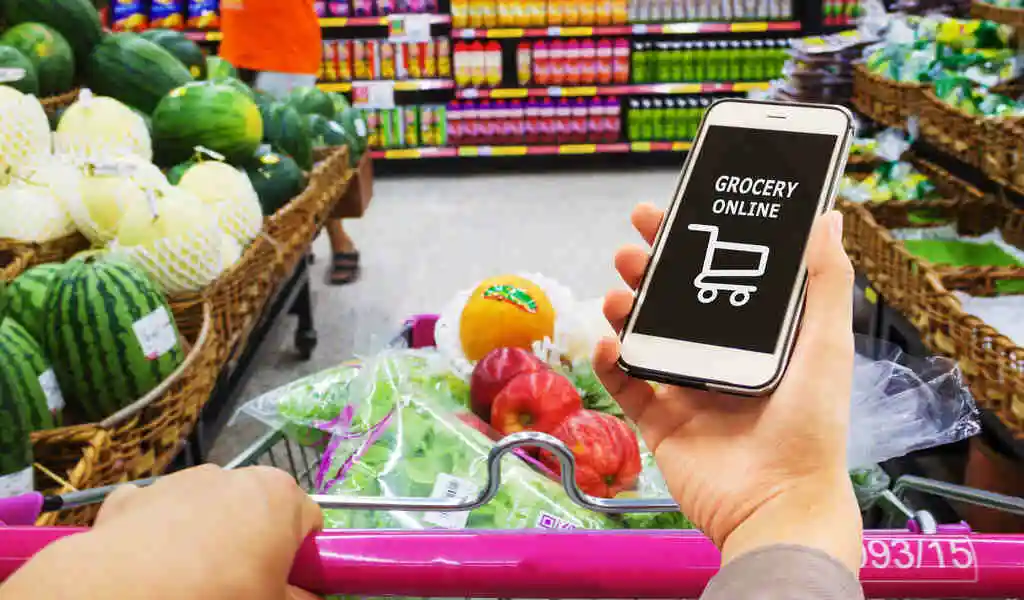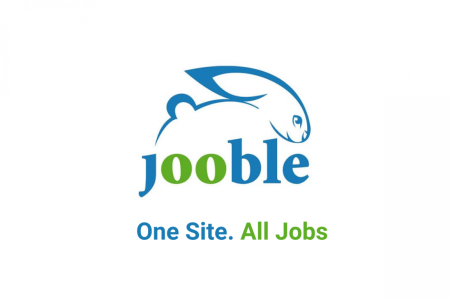News
The Online Grocery Business fell by 6% in March, But Home Delivery Business Grew

Those figures are according to a new report by market researcher Brick Meets Click, which claims that total US online grocery sales declined 6% in March compared to 2021, dropping from $9.3 billion to $8.7 billion, compared to March 2021’s record sales of $9.3 billion.
In its report, Bricks to Click categorizes the online grocery market into three segments: Shipping-to-Home, Pickup-and-Delivery, and Immediate Delivery. There has been a significant decline for Ship-to-Home, which includes groceries delivered via parcel carriers (UPS, FedEx, USPS) – $2.1 billion dropped to $1.4 billion, a drop of 30%. The pickup business, which includes curbside, in-store, locker, and drive-thru pickups, declined by 11%, falling from $4.3 billion to $3.8 billion.
However, it was not all bad news. There was an increase between $2.9 billion and $3.5 billion in grocery deliveries in the past year, which includes both First-Party deliveries such as Kroger, etc. and Third-Party deliveries such as Instacart, Shipt, Doordash.
According to Brick to Click’s analysis of the category’s growth, one of the most important reasons for growth is the development of fast-grocery delivery services.
David Bishop, partner at Brick Meets Click, said that a number of factors contributed to Delivery’s successful month in March. According to him, “Two key developments are creating more opportunities for consumers to shop online: the aggressive expansion of third-party providers into the grocery market and the availability of newer services that deliver faster cycle times,” making them more appealing to a wider range of trips and usage occasions.
During the early stages of the pandemic, one of the things our researchers wondered was how much behavior change, such as the adoption of online grocery ordering and parcel lockers, would stick over time. There are reports that many consumers in the United States continue to use online grocery shopping to buy groceries as their country emerges from the flu pandemic. However, these consumers are also seen mixing home delivery with trips to the grocery store.






























